tumor cells

Understanding How Single Cell Evolution Drives Tumor Complexity
The Scientist | Feb 23, 2023 | 1 min read
Andris Abramenkovs and Mark Lynch will discuss how to overcome challenges obtaining high-definition genomic data from single cells.
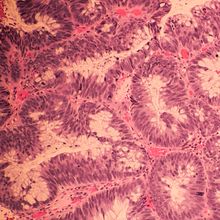
Phenotypic Variation in Cancer Cells Often Not Due to Mutations
Jef Akst | Oct 26, 2022 | 3 min read
Most differences in gene expression among cells within a tumor are likely due to environment or noise, a study suggests.
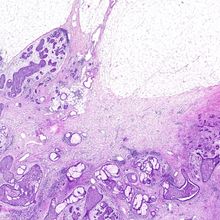
Harboring Hard and Soft Cells Lets Tumors Grow and Metastasize Simultaneously
Katherine Irving | Oct 17, 2022 | 4 min read
Islands of rigid cells within a matrix of soft ones allow tumors to be both solid and fluid, granting them toughness without losing the ability to break apart.
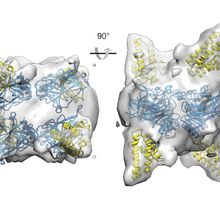
Fusion with Spider Silk Increases Anticancer Protein’s Stability
Dan Robitzski | Jul 5, 2022 | 2 min read
Scientists found that combining the notoriously flimsy anticancer protein p53 with a domain from a spider silk protein resulted in a more stable hybrid that’s more potent and easier for cells to synthesize.
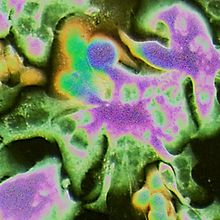
Tumor Cells on Brink of Death May Trigger Metastasis
Alejandra Manjarrez, PhD | Mar 25, 2022 | 5 min read
A new study reports that human colon cancer cells at imminent risk of death can instead develop characteristics needed to colonize new parts of the body.
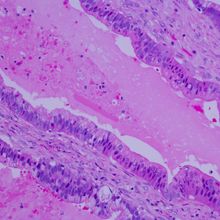
Tetanus Immunity Protects Mice Against Pancreatic Cancer
Amanda Heidt | Mar 24, 2022 | 3 min read
Because most people are vaccinated against tetanus as children, delivering benign bacteria carrying a tetanus antigen into pancreatic tumors makes them visible to memory cells in the immune system, researchers report.
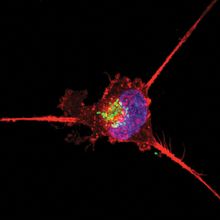
A Fasting-Mimicking Diet Thwarts Breast Cancer in Mice
Devin A. Reese, PhD | Mar 1, 2022 | 2 min read
Coupling a diet low in calories, sugar, and protein with existing cancer drugs treats triple-negative breast cancer in mice, and low blood glucose is associated with better cancer outcomes in human patients.
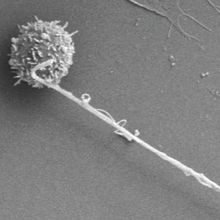
Cancer Cell Nanotubes Hijack Mitochondria from Immune Sentinels
Sophie Fessl, PhD | Nov 30, 2021 | 3 min read
The mitochondria stolen via these tiny connections give tumor cells a metabolic boost while the T cells are left weakened, according to in vitro experiments.
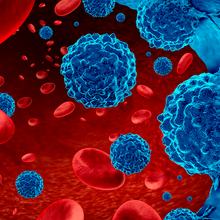
Improving Cancer Diagnostics with Circulating Tumor Cells in Blood
Bio-Rad | Nov 24, 2021 | 1 min read
Liquid biopsies: A new era in blood-based cancer detection methods
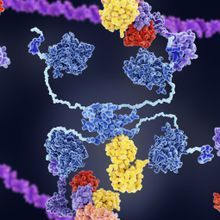
p53 Unleashes Endogenous Retroviruses to Tackle Tumors: Study
Marcus A. Banks | Jul 29, 2021 | 4 min read
New experiments suggest the famous tumor-suppressing protein uses viral elements lingering in the genome to get cancerous cells to announce their presence to the immune system.

Defined Primary Cell Culture and Media
The Scientist Creative Services Team in collaboration with MilliporeSigma | Jul 29, 2021 | 3 min read
A new partnership opens the door for a source of highly purified human primary cells and defined cell culture media.
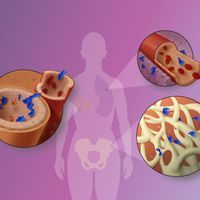
Infographic: Steps in Cancer Metastasis
Shawna Williams | Apr 1, 2021 | 2 min read
It’s now thought that in many cases, cancer cells disseminate from the primary tumor site early on and lie dormant for long periods rather than only venturing out from primary tumors at an advanced stage.
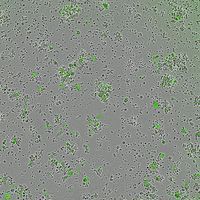
Bispecific Antibodies Treat Cancer in Mouse Models
Abby Olena, PhD | Mar 5, 2021 | 4 min read
A trio of papers shows that specialized antibodies can direct T cells to destroy cells that display portions of mutant cancer-related proteins, as well as T cells that have become cancerous themselves.
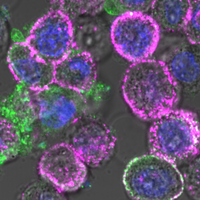
Immunotherapy Combo Reduces Solid Tumors in Mice
Amanda Heidt | Sep 9, 2020 | 5 min read
When tumor cells are infected with an oncolytic virus carrying a modified CD19 gene, they become targets for CAR T cells engineered to recognize this molecular marker.

How Cancer Evades the Immune System
The Scientist | Aug 31, 2020 | 1 min read
Presenters in this webinar will discuss how cancer not only evades the immune system, but also co-opts it to promote tumor growth.
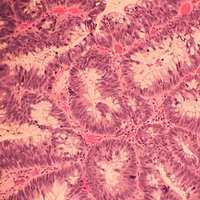
Colon Cancer Uses a Regenerative Playbook to Metastasize
Shawna Williams | Apr 1, 2020 | 5 min read
A study finds similarities between cells that heal wounds and those that lead deadly cancerous invasions.
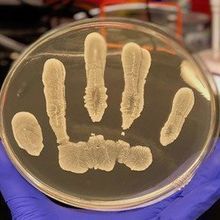
Cancer-Fighting Chemical Found in Human Skin Bacteria
Diana Kwon | Mar 1, 2018 | 2 min read
A molecule produced by a strain of Staphylococcus epidermis interferes with DNA synthesis.

How Cancers Evolve Drug Resistance
Anna Azvolinsky | Apr 1, 2017 | 10+ min read
Researchers unravel the sophisticated ways cancers evade treatments, including immunotherapies, designed to destroy them.
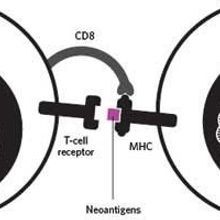
Infographic: Targeting Cancer Antigens
Stephen P. Schoenberger and Ezra Cohen | Mar 31, 2017 | 1 min read
Neoantigens may serve as valuable targets for new immunotherapies.
